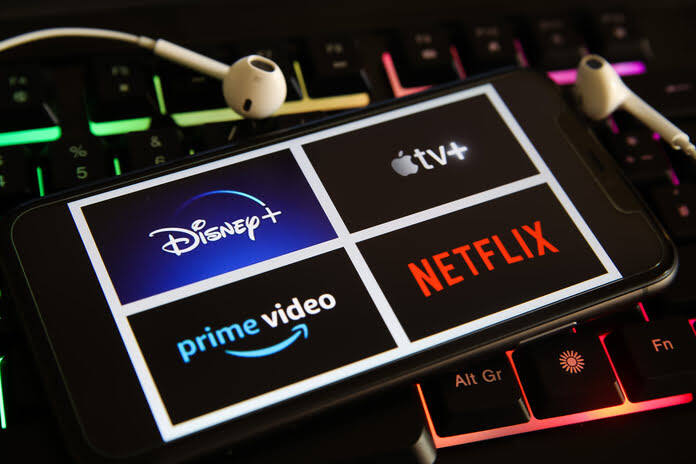Many companies are seeing their earnings eroded by rising prices. People quickly spend less on luxury and are more frugal when buying necessities. As a result, several huge streaming services have seen a drop in subscribers. Online streaming, however, has been able to maintain its position. Thus, in July, streaming viewership in the US overtook cable TV for the first time.
While the conflict between the major streaming services has gotten more intense over time, OTT platforms have triumphed in a dispute with cable TV networks. Due to rising costs, streaming giants are already facing several challenges. Now they must also contend with the difficulty of keeping up with cable TVs.
Platforms for Streaming Reach New High
In July, the number of Americans watching streaming content reached a new high. According to a recent Nielsen report, online streaming in the US surpassed cable usage in July. Online streaming accounted for 34.8% of all TV viewing in July, while cable TV accounted for 34.4%, according to the survey.
Online TV streaming increased by 22.6% annually, while cable TV consumption fell by 8.9% annually and 2% monthly.
Since broadcast viewing had been falling month over month in volume in July, streaming has been outpacing it for some time. The research states that broadcasts made up 21.6% of TV viewing.
This is the first time streaming service usage surpassed cable TV viewership, albeit by a small margin. At the same time, it demonstrates that people are gradually abandoning cable TV as the large streaming companies continue to expand with their wide selection of programming.
The “slowdown of new content on traditional television and reduced sports programming” according to Nielsen, are to blame for this shift toward internet streaming, which has a wider selection.
The survey also noted that significant players such as Netflix, Inc. (NASDAQ:NFLX), Alphabet Inc.’s (NASDAQ:GOOGL) YouTube, Hulu, Amazon.com Inc,’s (NASDAQ:AMZN) Amazon Prime, The Walt Disney Company’s (NYSE:DIS) Discovery+, and HBO from Warner Bros. Discovery, Inc. (NASDAQ:WBD) are all helping to drive the increase in streaming viewing in July.
Large Streaming Services’ Companies Surviving Obstacles
Despite numerous obstacles, Streaming Services giants have resisted inflationary pressure. Last month, Netflix said it lost over a million members in the second quarter. Netflix lost a sizable number of members for the second consecutive quarter. Still, the company also stated that it had anticipated a greater figure given that consumers are cutting down on pleasures due to rising prices for products and services.
Disney+, on the other hand, saw a 14.4 million increase between April and June. A staggering 152.1 million members are now part of Disney.
According to the Nielsen study, Netflix dominated overall online streaming usage with 8% of all watchers while seeing a fall in subscription numbers. Stranger Things on Netflix, which accounted for 18 billion minutes of viewing, was the primary factor in the high viewership. The Umbrella Academy and The Boys were two other Netflix programmes that assisted the service in reaching the top spot.
YouTube, owned by Alphabet, came in second with 7.3% of the market, followed by Hulu in third with 3.6%.
Amazon Prime Video from Amazon.com came in fourth place with 3%. The Boys and The Terminal List, two of Amazon’s top series, racked up over 133 million viewing hours in July.
Disney+ fell to sixth place despite gaining a record number of subscribers. Just 1.8% of all television streaming online was done by Disney.
Cable TV is rapidly losing its lustre, even though Streaming services giants have recently been facing the effects of inflation.
According to Nielsen, July would be the month with the most streaming weeks. During July, streamers watched material for a record 190.9 billion minutes weekly. Nielsen recorded its most recent all-time high with 183 billion streaming minutes over Christmas week in 2021.
This demonstrates the growing trend toward streaming services while cable TV struggles with content. Streaming services providers stand to earn significantly from this.
Featured Image: Megapixl @Ralfliebhold

















